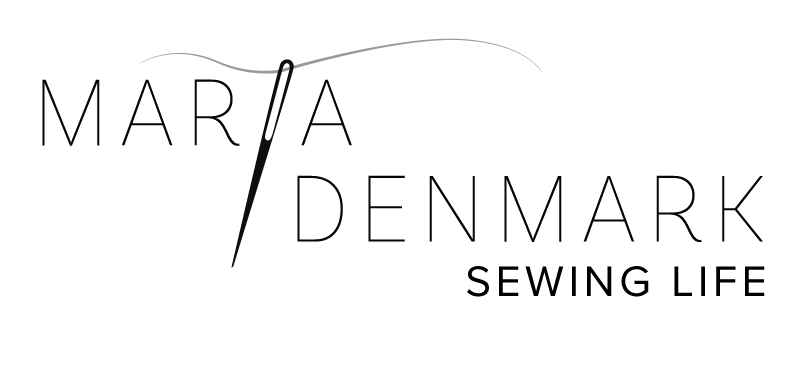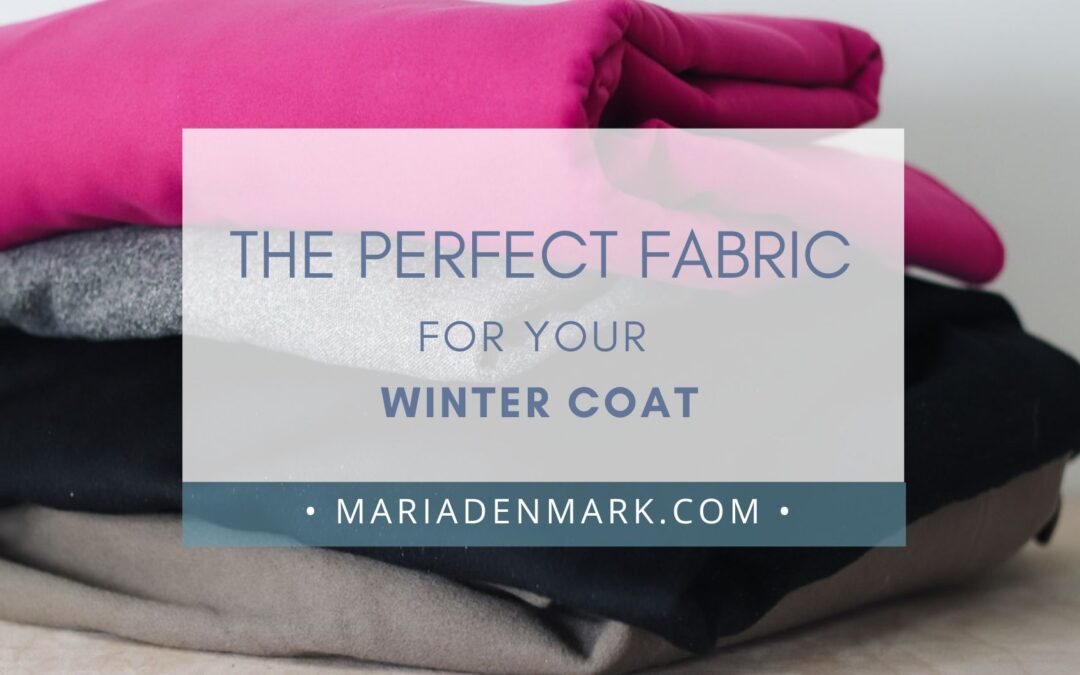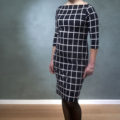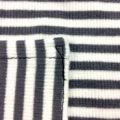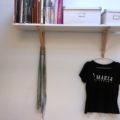Choosing the Perfect Fabric for Your Winter Coat: Boiled Wool, Wool Tweed, and Brushed Polyester Wool Coating
When it comes to sewing your own winter coat, the fabric you choose can make or break the project. You need something warm, durable, and stylish, but which fabric is the best for you? Let’s take a look at some different options. Each has its own strengths and weaknesses, and knowing these will help you pick the perfect material for your handmade coat.
In this article, I’ll show you some of my favorite choices, and at the end, I’ll reveal the fabric I have picked for my next winter coat!
Disclaimer: I was gifted some of the fabric mentioned in this article by Fabric Wholesale Direct in exchange for writing about the fabric. Any thoughts are my own. This article contains links to several fabric stores located in the US. I was not paid to list these fabrics, but merely want to share some options with you.
1. Boiled or Felted Wool
Boiled or felted wool is a classic choice for winter coats, offering great warmth and durability. It’s widely available – and the thickness varies a lot.
Things to know:
- Warmth: The felting process used to make boiled wool creates a thick, dense fabric that traps heat, making it ideal for cold weather.
- Durability: Boiled wool is very resistant to wear and tear, so your coat will last for years to come.
- Water Resistance: Thanks to its dense fibers, boiled wool naturally repels water, keeping you dry in light rain or snow.
- Care: Boiled wool is not machine-washable. Technically. But I have washed coats on delicate or wool settings using detergent meant for wool. You can also spot-clean your coat, and I like to hang them outside when temps go below freezing from time to time, to freshen up the wool.
- Drape: It can be a bit stiff and heavy, so if you prefer a more flowy or flexible garment, this might not be the best choice.
- Price and Value: Felted wool is not cheap to buy. But thanks to its durability, you will have a coat that lasts you for many years.
Examples of boiled or felted wool
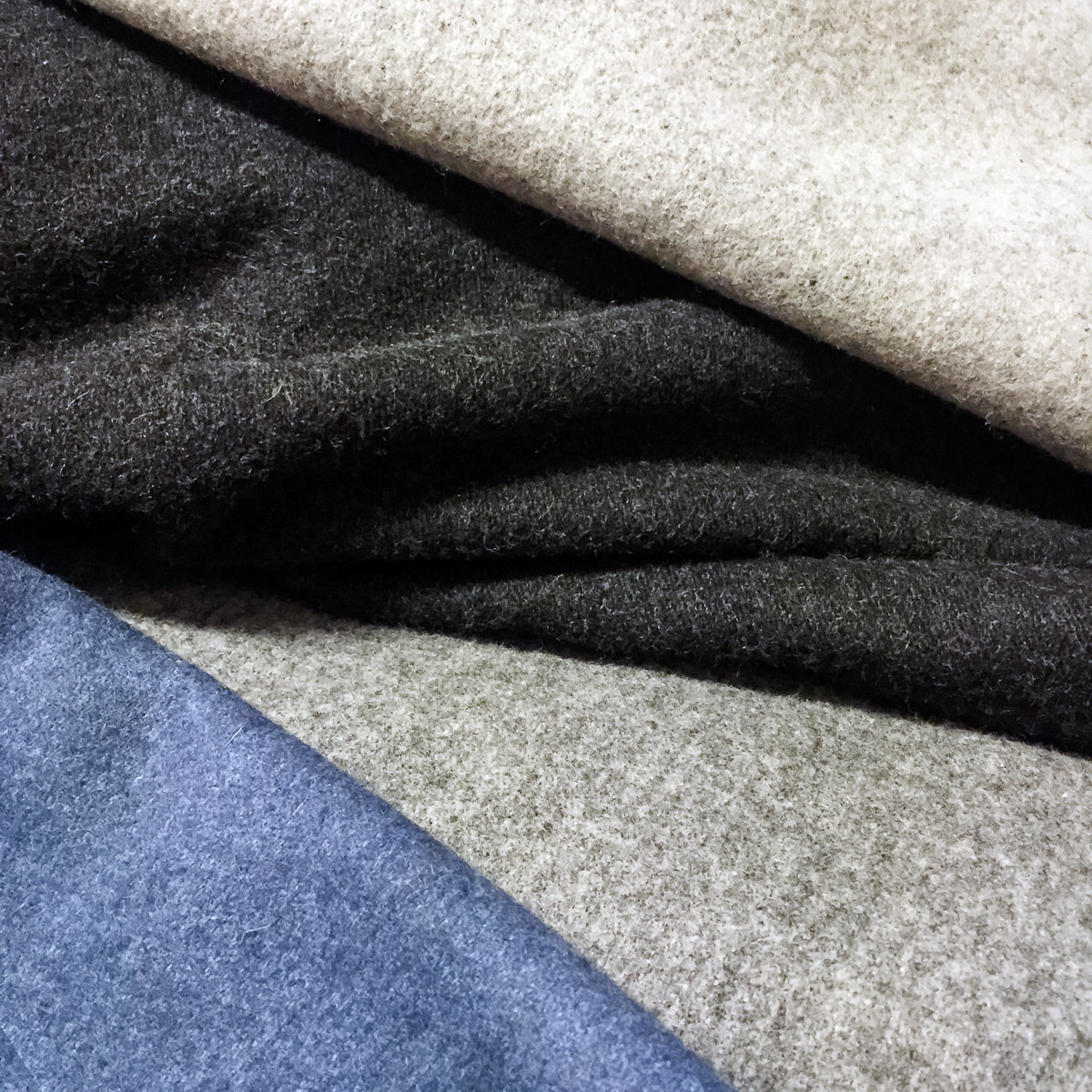
2. Wool Herringbone or Tweed Coating Fabric
Wool herringbone or tweed is another timeless option, known for its stylish texture and textured appeal. It’s classic but still fun and maybe a little less formal than boiled wool.
I especially like it for shorter coats and jackets.
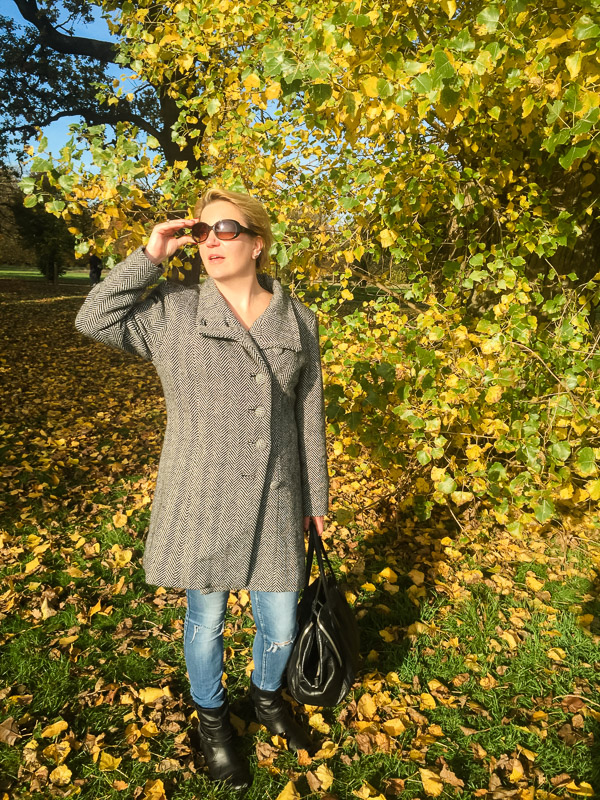
Things to know:
- Style: Wool tweed is rich in texture and often features interesting woven patterns like herringbone or plaid. It gives your coat a sophisticated, interesting look.
- Durability: It’s a strong and long-lasting fabric, making it ideal for outerwear that needs to stand up to frequent wear.
- Warmth: While it may not be as warm as boiled wool, wool tweed still provides good insulation for colder days.
- Care: Like boiled wool, wool tweed needs to be dry cleaned. In theory Technically. But I have washed coats on delicate or wool settings using detergent meant for wool. You can also spot-clean your coat, and I like to hang them outside when temps go below freezing from time to time, to freshen up the wool.
- Drape: Tweed can be on the heavier side, and depending on the weave, it can be very drapey at the same time. Something to consider is if you need to add interlining to your project to add some more structure and war,th.
Some examples of wool tweed & herringbone
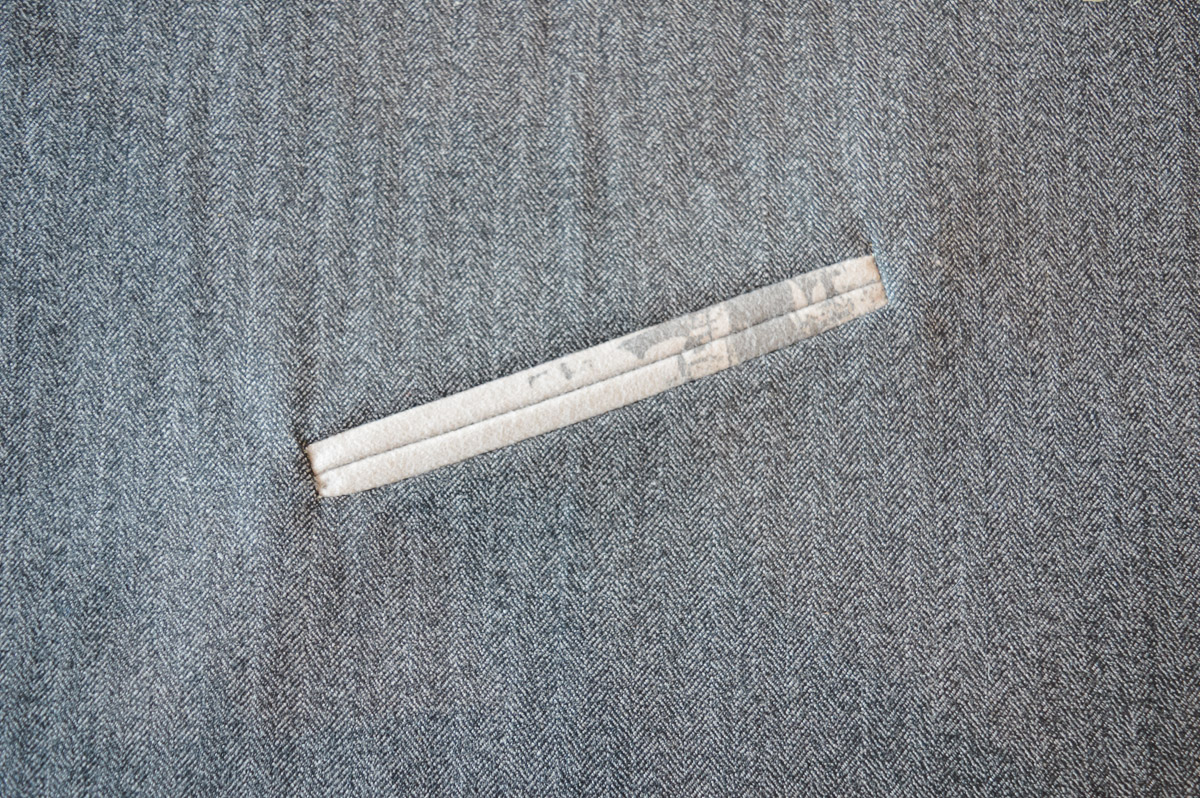
3. Brushed Polyester Coating
If you’re looking for a more affordable option that still gives you the luxurious feel of wool, brushed polyester wool coating is a fantastic alternative.
Things to know:
- Drape: It’s soft and has much the same look and feel as a thinner boiled or felted wool
- Care: Unlike boiled wool or tweed, brushed polyester wool coating can be machine-washed and tumble-dried, making it easier to maintain.
- Less Breathability: Polyester doesn’t breathe as well as natural fibers, which might make it less comfortable during temperature swings.
- Not Real Wool: If you’re after the traditional warmth and feel of wool, this synthetic version might not be quite the same, though it’s an excellent substitute in terms of look and touch.
- And if you are allergic to sheeps-wool, this is a great alternative that will not make you itch.
- Price and value: Since it’s polyester, it’s a lot more affordable than wool fabric. But since it looks and drapes a lot like wool coating, it would be a wonderful fabric for a first-time coat sewer to make a wearable muslin and test out a design. And because of the affordability you can choose fun colors and create something that’s not the traditional winter coat colors.
Examples of Brushed polyester coating:
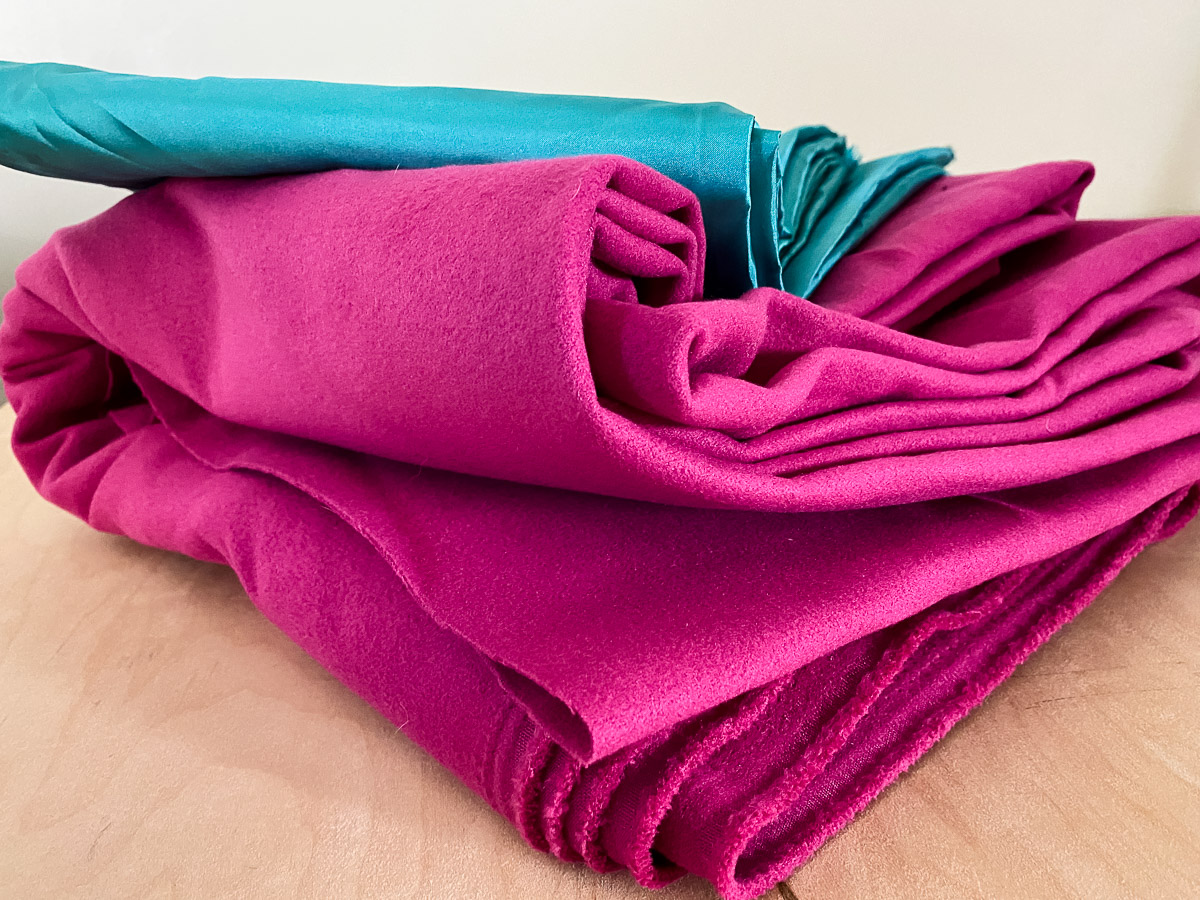
Conclusion
Choosing the right fabric depends on your needs. If you want unbeatable warmth and a more natural feel, boiled wool is the way to go. For a classic, stylish look, wool tweed is hard to beat. And if you’re after a budget-friendly, easy-care option with a luxurious feel, brushed polyester wool coating offers a great alternative.
Consider what matters most to you—whether it’s warmth, durability, ease of care, or cost—and you’re sure to pick the perfect fabric for your winter coat.
And what did I choose?
Well, For this year’s coat sewing, I am starting my adventure with the magenta brushed polyester wool and polyester china silk lining gifted from fabricwholesaledirect.com. I am looking forward to a colorful coat and to making sure I have every detail down before I later cut into an amazing black cashmere blend wool that has been looming in my stash for years.
The colorful brushed polyester wool will also allow me to take clear photos of the process (and use them in my upcoming coat sewing course.
Ready to sew your dream winter coat?
Want to learn more about coat sewing and get expert tips on choosing the best fabric, patterns, and techniques? Sign up for our VIP list and be the first to know when my Coat Sewing Course launches in three months. Plus, you’ll get exclusive updates and early-bird discounts!
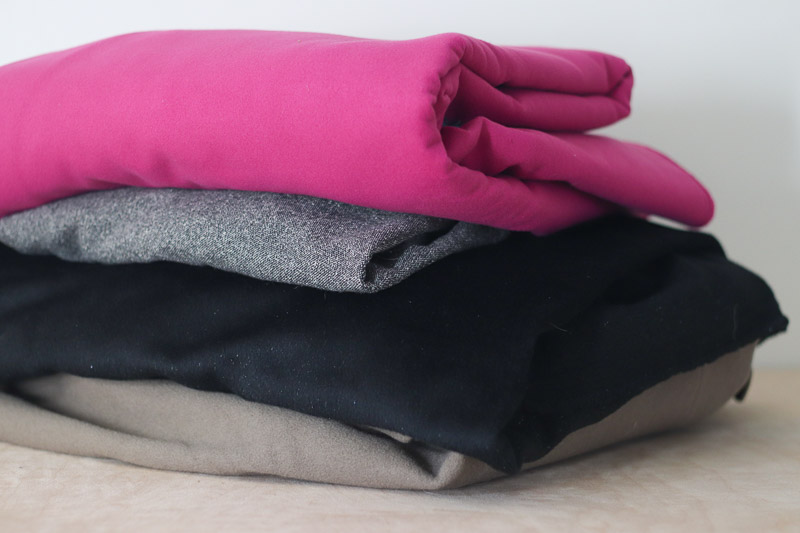
Pictured here are my current coat sewing stash. From the top:
Magenta Brushed Polyester Wool, Grey Wool Tweed, Black Cashmere/Wool blend with silver threads, Boiled Wool Coating.
